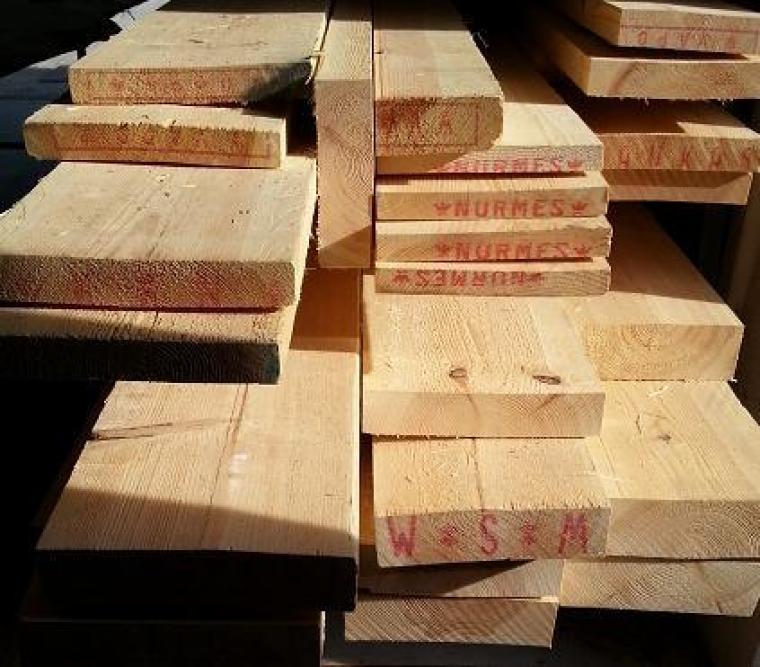Workbench Wood - Pinus Sylvestris Is Fine
What should a classic British Joiners bench be made from? Anything really although the utility wood of the UK, European Redwood* (Pinus Sylvestris), is hard to beat. In my “5 Facts” article a while back I took a quick look a European Redwood. From a workbench perspective it’s a good choice because it’s cheap (these kind of benches are not generally made from expensive timbers), readily available, works easy and takes fixings and glues well, its also strong and moderately hard. Some of my references call for a Beech top but nearly all books state that European Redwood is a very suitable substitute.
There are few options on sourcing the timber. The nicest route would be to submit a cutting list to a Joiner and have them prepare the Redwood for you from the top “Un-Sorted” grade. This means a little more cost but usually less defect and the ability to have the sizes you want. The second option is the PSE sections that can be purchased from DIY stores or Builders Merchants. This is normally always “Fifth” grade which typically has more knots and defects than Un-Sorted. The last option in construction grade used for joist, rafters and the like. This grade is normally regularized (speed planed) including eased edges and is strength graded rater than joinery graded. Please do avoid treated timber. I see nothing wrong with this construction grade as long as you take some time to pick the timber. The eased edges don’t need to be removed on the type of build I’m doing so the construction grade could be a way to build a really good value bench. If you are US based you will be lucky enough to have Southern Yellow pine available to you which even in construction grade is a fine bench building timber.
- Also knows and Scots Pine, Red Deal, Yellow Deal, Archangel Pine, Finnish Redwood, Baltic Redwood, Russian Redwood just to confuse you ;-)

